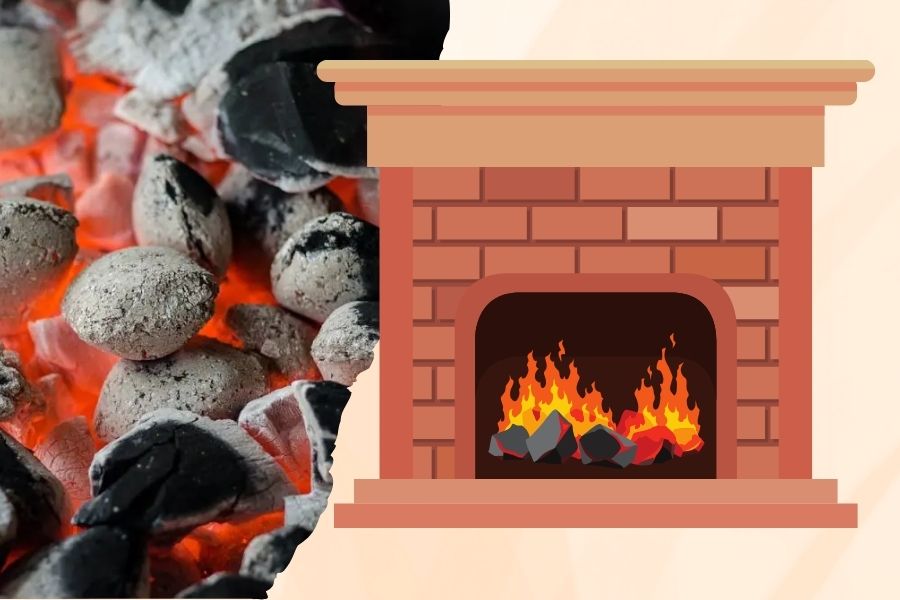Fireplaces and wood stoves are cozy additions to any home, providing warmth and ambiance during the colder months. While wood is the traditional fuel choice for these heating sources, many people wonder if it’s also possible to burn charcoal.
This article will explore the feasibility and safety of charcoal in a fireplace or wood stove.
Let’s delve into the possibilities and considerations.
Exploring the Feasibility of Using Charcoal in a Fireplace
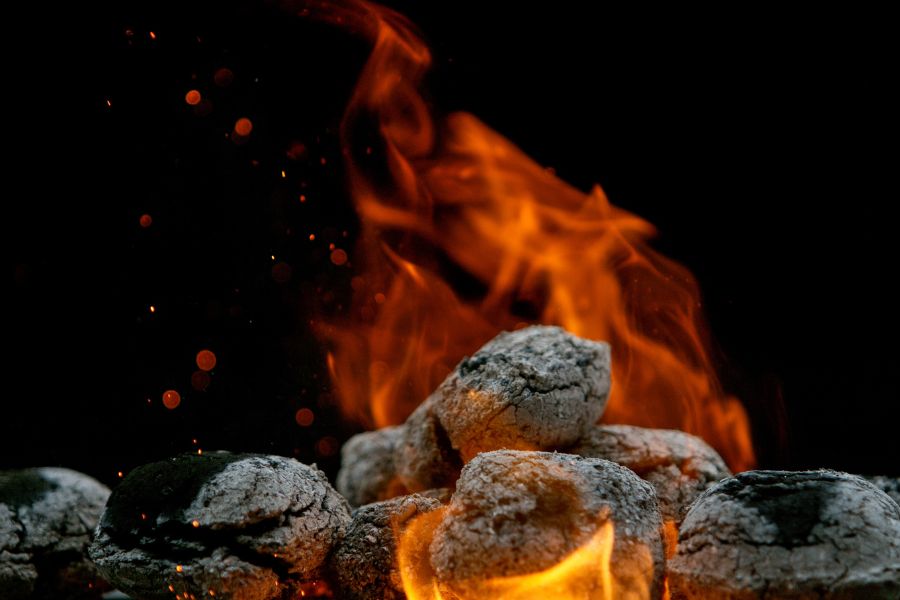
The first question is whether you can burn charcoal in a fireplace. While fireplaces are primarily designed for burning wood, it is possible to use charcoal as an alternative fuel source.
However, certain factors should be considered before using charcoal in a fireplace.
Charcoal Burns Hotter Than Wood
One advantage of using charcoal is its higher burning temperature compared to wood. Charcoal burns hotter, which can provide more intense heat output and potentially enhance the warming capabilities of your fireplace.
This can be particularly beneficial during freezing weather or in homes with poor insulation.
The Hazards of Carbon Monoxide from Charcoal Burning
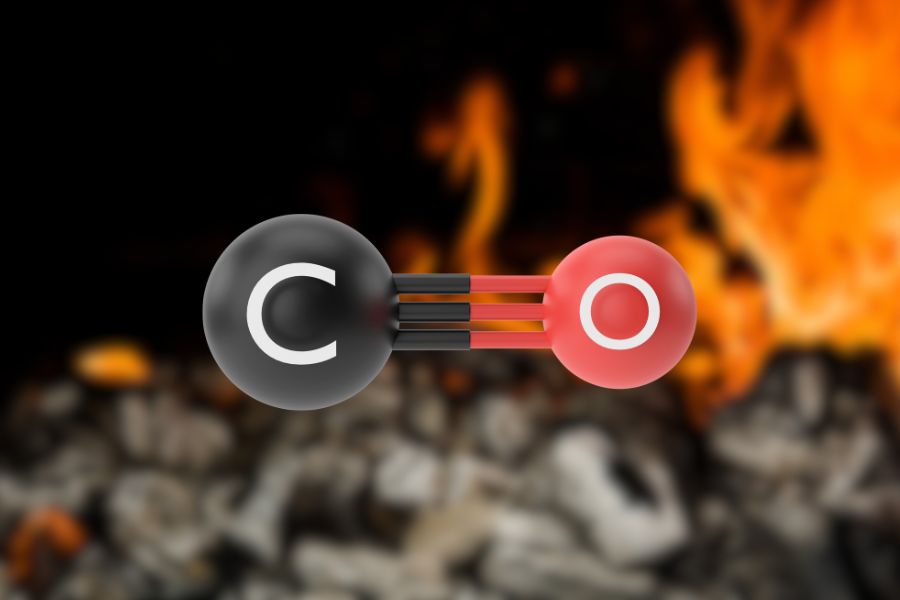
When burning any fuel, including charcoal, it is essential to know the potential risks associated with carbon monoxide (CO) production.
Burning charcoal produces carbon monoxide, a colorless, odorless gas that can be dangerous in high concentrations. It is crucial to ensure proper ventilation and install carbon monoxide detectors in your home if you plan to burn charcoal in a fireplace or wood stove.
Carbon and deadly carbon monoxide poisoning can lead to symptoms like headaches, dizziness, nausea, and confusion and can even be fatal in severe cases.
How to Safely Light a Fire in a Fireplace Using Charcoal
To safely burn charcoal in a fireplace, it is essential to follow proper procedures. Start by cleaning out any leftover ash or debris from the fireplace.
Use quality charcoal designed explicitly for burning, as some may contain additives that produce harmful fumes.
Place the charcoal evenly in the fireplace, ensuring proper air circulation. Use a chimney starter or electric fire starter to light the charcoal, avoiding using lighter fluid or other accelerants.
The Dangers of Carbon Monoxide in Fireplace Use
Carbon monoxide is a significant concern when burning fuel in a fireplace or wood-burning stove. Understanding the dangers and taking necessary precautions to prevent carbon monoxide poisoning is vital.
Carbon monoxide can cause symptoms like headaches, dizziness, nausea, and confusion and even be fatal in high concentrations.
Keep the room well-ventilated, and consider installing carbon monoxide detectors in your home for added safety.
What Are The Safest Options To Burn In A Fireplace?
While charcoal can be used in a fireplace, it’s worth exploring safer alternatives. Burning dry, seasoned hardwood is generally considered the safest option for fireplace use.
Hardwood produces less creosote buildup than seasoned firewood, which can reduce the risk of chimney fires. Additionally, hardwood is known for its long burn time and consistent heat output.
Burning Charcoal Produces Carcinogens When Cooking
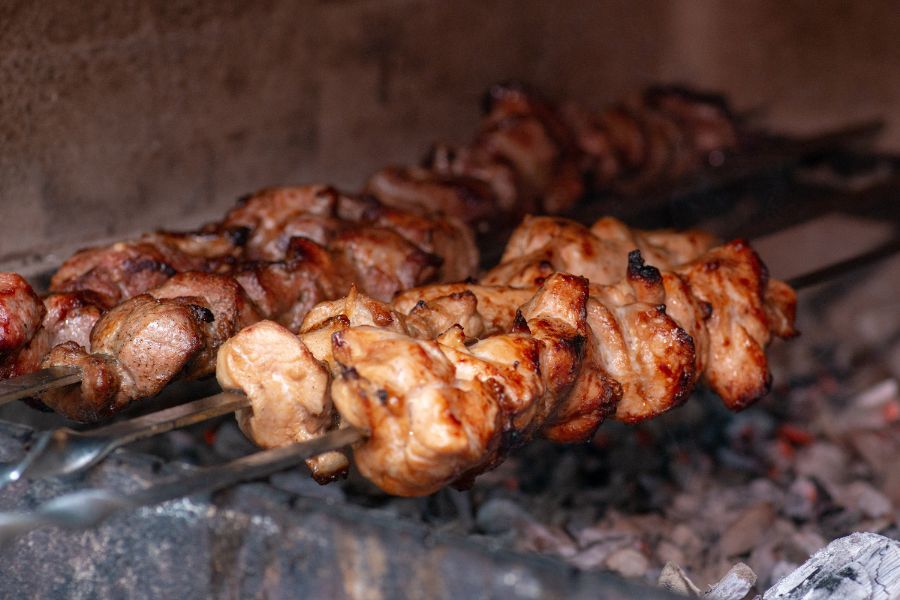
Apart from fireplace use, charcoal is commonly associated with grilling and cooking. It’s important to note that burning charcoal can release carcinogens, mainly when used for cooking indoors.
If you use charcoal for indoor cooking, ensure proper ventilation or consider alternative cooking methods such as electric or gas stoves.
Charcoal as a Fire Accelerant
One advantage of charcoal in a fireplace is its ability to act as a fire accelerant. If you’re having difficulty igniting your wood fire, placing a few pieces of charcoal can help kickstart the burning process.
However, it’s crucial not to rely solely on charcoal as an accelerant and to maintain proper airflow for safe and efficient burning.
How Long Do You Need To Burn Charcoal In A Fireplace?
The burning duration of charcoal in a fireplace can vary depending on the type and amount of charcoal used, more ventilation, and the desired heat output.
On average, charcoal fires can burn for several hours, providing a consistent heat source. However, it is essential to monitor the fire and ensure it is fully extinguished before leaving it unattended.
Considering Treated or Coated Wood for Fireplace Fuel
Regarding fireplace fuel options, it’s essential to consider the safety and environmental impact.
Treated or coated wood, such as pressure-treated lumber or painted wood, should never be burned in a fireplace. These materials can release harmful chemicals when burned, posing health risks and damaging the environment.
Stick to dry, seasoned, untreated wood for optimal safety and efficiency.
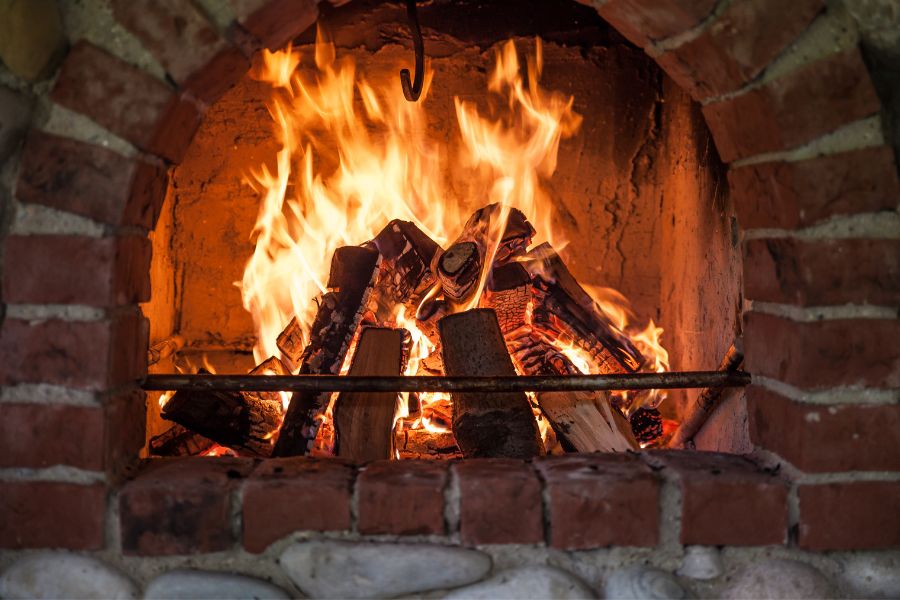
Why Can’t Charcoal Be Used As Fuel For The Fireplace?
Despite its higher heat output, charcoal is not commonly recommended as a primary fuel for fireplaces.
Charcoal generates a significant amount of ash and can produce more carbon monoxide than burning wood. Additionally, the intense heat from charcoal combustion may damage the fireplace or chimney if not correctly managed.
Therefore, weighing the pros and cons and following safety guidelines is crucial before using charcoal in a fireplace.
Charcoal as a Greener Fireplace Option
Regarding environmental considerations, charcoal can be considered a greener option than traditional fossil fuels.
Charcoal is often derived from sustainable sources and can be considered renewable.
However, it’s still important to prioritize proper ventilation, minimize carbon monoxide emissions, and explore other eco-friendly alternatives like sustainably sourced wood or clean-burning fuel options.
Unsafe Fireplace Materials Like Dried Leaves And Trash
In addition to the fuel used, it’s crucial to be mindful of what materials you burn in a fireplace. Burning materials like dried leaves, trash, or other non-approved items can pose significant safety hazards.
These materials can produce excessive smoke, release toxic fumes, or cause chimney fires. Stick to approved fireplace fuels and avoid burning materials that can compromise your safety and pollute the environment.
Repurposing Wood Pallets for Fireplaces
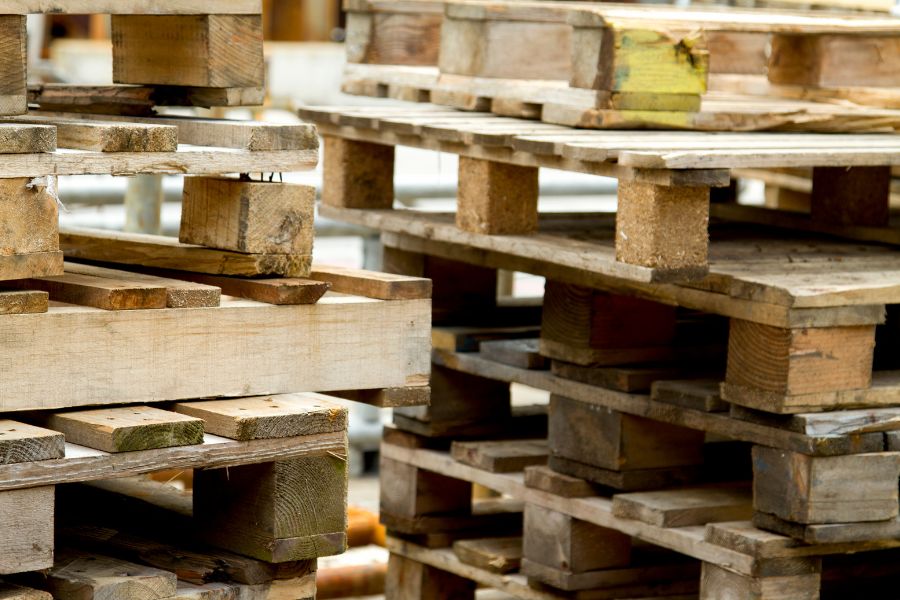
For those seeking creative fuel options, repurposing wood pallets may seem appealing. However, it’s essential to exercise caution and consider certain factors.
Wood pallets can be treated with toxic chemicals or contain nails or other metal parts that can release toxic fumes or damage your fireplace. If you burn wood pallets, ensure they are untreated, free from contaminants, and suitable for fireplace use.
Can Charcoal Be Used in a Fire Pit?
Fire pits are another popular outdoor heating option. While charcoal can be used in a wood fire pit, adhering to safety guidelines is crucial.
Ensure proper ventilation, use appropriate fire pit equipment, and never leave the fire unattended.
Always follow local regulations and guidelines regarding fire pit usage to ensure a safe and enjoyable experience.
Conclusion
In conclusion, while it is possible to burn charcoal in a fireplace or wood stove, there are essential considerations to remember. Understanding the risks associated with carbon monoxide, following proper safety procedures, and exploring alternative fuel options are necessary for safe and efficient fireplace use.
Whether you use charcoal or stick to traditional wood, prioritize safety, proper ventilation, and environmental consciousness for a cozy and secure fireplace experience.

